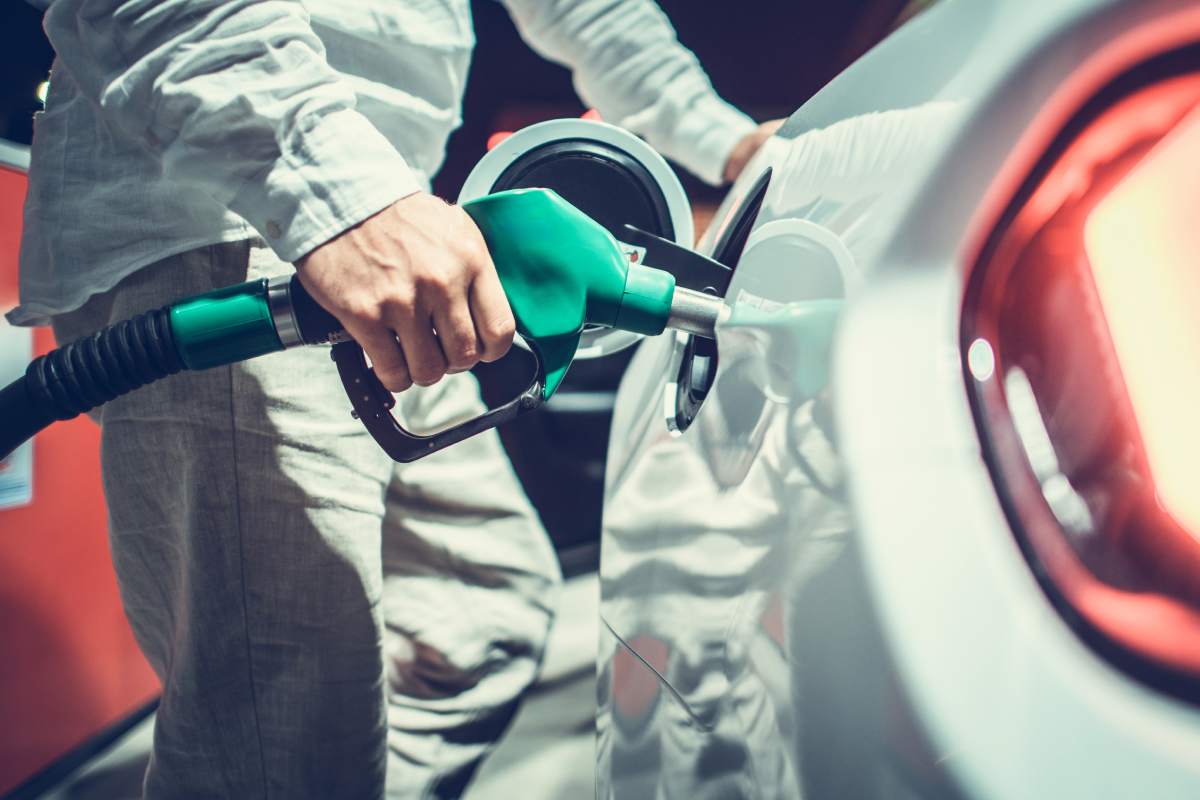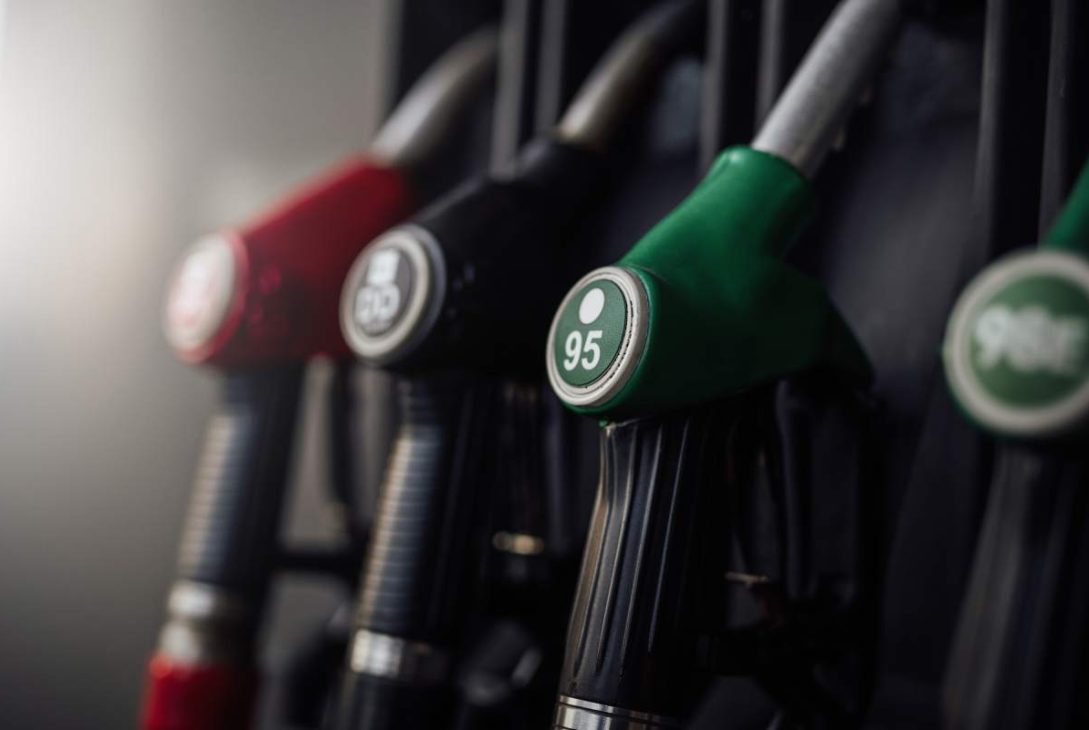Filling up at the fuel pump for the first time can be a bit confusing, especially when trying to figure out which type of unleaded petrol is right for your car. With so many options and different prices, it can feel a bit overwhelming.
In Australia, you’ve usually got four choices: E10, 91, 95, and 98. Each one is a bit different, and it’s essential to know that not every type is suitable for your ride.
- Is AdBlue and DEF the Same? What Are the Disadvantages of AdBlue? Is AdBlue Expensive in Australia?
- How do you fix a battery that won’t hold a charge?
- Replacement parts for modern and classic Ferrari’s
What is Octane Rating?
The fuel’s octane rating indicates its ability to resist “knocking” or “pinging” during combustion. Higher-octane fuel can withstand more pressure before igniting, which is beneficial in high-performance or high-compression engines that require stable combustion. Here’s a quick look at how octane ratings break down in fuel types:
- 91 RON (Regular Unleaded): Suitable for most regular engines.
- 95 RON (Premium Unleaded): Provides a balance between performance and cost.
- 98 RON (Premium High Octane): Ideal for high-performance engines.
- E10 (Ethanol Blended): Contains 10% ethanol and is often equivalent to 91 RON.
Let’s break down each fuel type.
E10: The Ethanol-Blend Option
Composition: E10 is a blend of 90% unleaded petrol and 10% ethanol, an alcohol derived from renewable sources like corn or sugarcane. The 10% ethanol blend is designed to be eco-friendly, reducing greenhouse gas emissions compared to regular petrol.
Octane Rating: E10 fuel usually has an octane rating of around 91, similar to regular unleaded.
Advantages:
- Environmental Impact: The ethanol component helps reduce carbon dioxide emissions, making it a more environmentally friendly choice.
- Cost-Effectiveness: E10 is often cheaper than pure unleaded fuel, which can lead to cost savings.
- Engine Compatibility: E10 is generally compatible with newer cars, especially those manufactured post-2000.
Drawbacks:
- Fuel Efficiency: E10 can be less efficient than pure unleaded fuel, as ethanol contains less energy per liter.
- Compatibility: E10 is not suitable for some older vehicles, as ethanol can be corrosive to certain materials in the fuel system.
When to Use E10: If your car is newer and compatible with ethanol-blended fuels, E10 is a cost-effective option that can slightly reduce your carbon footprint. However, it might not deliver the best performance for high-performance engines.
91 Octane (Regular Unleaded)
Composition: 91 RON fuel is typically the lowest-octane, unleaded petrol available, without any ethanol content (unless specifically indicated).
Octane Rating: As the name suggests, it has an octane rating of 91, suitable for most regular and commuter engines.
Advantages:
- Affordability: 91 is usually the most affordable option among non-ethanol blends, offering a balance of cost and functionality for standard engines.
- Availability: 91 octane fuel is widely available and compatible with most petrol cars.
Drawbacks:
- Performance: For high-performance or turbocharged engines, 91 octane may not be optimal, as it doesn’t resist knocking as effectively as higher-octane fuels.
- Fuel Efficiency: Vehicles specifically designed for higher-octane fuels may not run as efficiently on 91.
When to Use 91 Octane: If your car is designed for regular unleaded, 91 is a reliable and affordable choice. It works well in most standard engines without sacrificing efficiency or causing engine strain.
95 Octane (Premium Unleaded)
Composition: 95 RON fuel is premium unleaded petrol without ethanol, offering a higher resistance to knocking than 91.
Octane Rating: The octane rating is 95, providing better stability under compression, which benefits slightly more demanding engines.
Advantages:
- Enhanced Performance: 95 octane fuel allows engines with higher compression ratios to perform more efficiently and smoothly.
- Improved Efficiency: In cars that recommend 95 or higher, this fuel may improve fuel efficiency and longevity.
- Wider Compatibility: 95 octane is compatible with a range of vehicles, including some high-performance models that may not require 98.
Drawbacks:
- Higher Cost: 95 is more expensive than 91 and E10, making it a more costly choice for regular commuting if your car doesn’t require it.
- Limited Availability: While commonly available, it’s not as widespread as 91, especially in rural areas.
When to Use 95 Octane: If your vehicle manual recommends 95 RON or if you’re looking for a middle-ground fuel option, 95 is ideal. It provides noticeable improvements in performance for engines that can benefit from a higher octane.
98 Octane (High Octane Premium Unleaded)
Composition: 98 RON fuel is the highest-octane unleaded petrol available, with no ethanol. It’s formulated for high-compression, high-performance engines that demand more knock resistance.
Octane Rating: With an octane rating of 98, this fuel can withstand the highest levels of pressure, preventing premature ignition and knocking.
Advantages:
- Optimal for High-Performance Engines: High-performance engines, such as those in sports or luxury cars, benefit from the enhanced knock resistance, allowing them to unleash their full potential.
- Greater Efficiency: 98 can result in better fuel efficiency and performance for engines designed to operate on high-octane petrol, making it an excellent choice for long-distance driving.
- Engine Health: It can prevent knocking and improve the longevity of high-performance engines.
Drawbacks:
- Higher Price: 98 is the most expensive petrol option, which might not be cost-effective for everyday driving in standard engines.
- Compatibility: Engines not designed for high-octane fuel may not benefit from 98, making it an unnecessary expense.
When to Use 98 Octane: If you drive a high-performance vehicle or if your manufacturer specifically recommends 98 octane, this fuel is the best choice. For those prioritizing performance over cost, it’s worth the extra expense.

Environmental and Economic Considerations
The choice of fuel type has environmental and economic impacts. E10, being an ethanol blend, is often considered more eco-friendly but may not be as fuel-efficient as other options. Higher-octane fuels (95 and 98) can improve engine efficiency, indirectly reducing emissions, especially in high-performance engines. However, for most standard vehicles, 91 or E10 offers a good balance between performance and cost, with minimal impact on emissions.
Key Points:
- Cost vs. Benefit: 91 and E10 are cost-effective for standard engines, while 95 and 98 are better for engines requiring high-octane fuel.
- Environmental Impact: E10 may help lower emissions, but its lower fuel efficiency may offset the gains. For improved efficiency, using the right octane level for your car can help reduce overall emissions.
- Engine Compatibility: Always refer to your vehicle’s manual for fuel recommendations, as using a lower octane than recommended can damage your engine over time.
Conclusion
Choosing the right fuel between E10, 91, 95, and 98 boils down to understanding your vehicle’s needs and balancing cost with performance. E10 is affordable and eco-friendly, suitable for newer ethanol-compatible vehicles. For everyday vehicles, 91 offers reliability and affordability. When performance is a priority, 95 provides a balanced mid-level option, while 98 is the ultimate choice for high-performance engines, albeit at a higher price.
Following the manufacturer’s fuel recommendations ensures you’re not only protecting your engine but also optimizing performance and fuel economy. When in doubt, refer to your vehicle’s manual or consult a mechanic for guidance on the best fuel choice.










